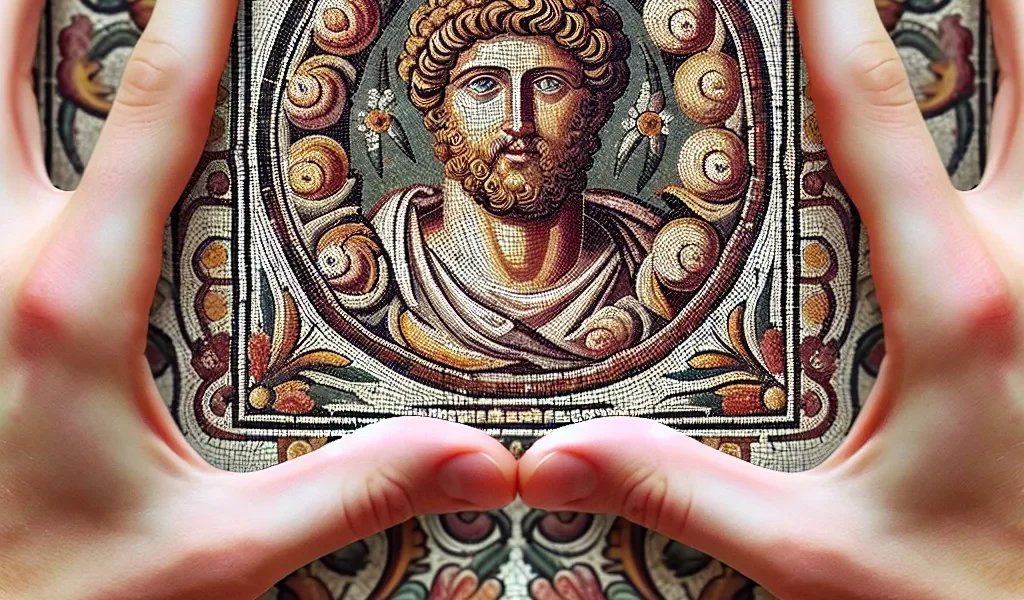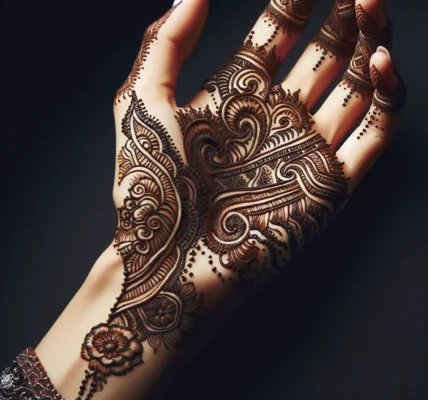The Origins of Ornamental Design: A Historical Perspective
Exploring the history and evolution of ornamental design reveals a rich tapestry of cultural influences and artistic traditions. The origins of ornamental design can be traced back to ancient civilizations, where artisans adorned everyday objects with intricate patterns and symbols. The historical perspective of ornamental design showcases its significance in various cultures, from the geometric motifs of Islamic art to the delicate floral patterns of Chinese ceramics.
Ancient civilizations such as the Egyptians, Greeks, and Romans incorporated ornamental designs into their architecture, pottery, and textiles, using motifs inspired by nature, mythology, and religious symbolism. These early examples laid the foundation for the development of ornamental design, as it became intertwined with the visual identity of different societies.
Furthermore, the Middle Ages witnessed a flourishing of ornamental design in the form of illuminated manuscripts, stained glass windows, and intricate metalwork. The ornate detailing in medieval art and architecture reflected the spiritual and symbolic significance attributed to ornamental motifs, shaping the visual language of the era.
As trade routes expanded and cultures interacted, ornamental design underwent a fusion of influences, leading to the emergence of distinct styles such as the intricate arabesques of Islamic art or the elaborate motifs of Mughal architecture in India. This cross-cultural exchange contributed to the evolution of ornamental design, as motifs and patterns transcended geographical boundaries and enriched the visual heritage of different regions.
In conclusion, the historical perspective of ornamental design underscores its role as a cultural expression and a testament to human creativity. By delving into its origins and evolution, we gain a deeper understanding of how ornamental design has shaped societies and continues to inspire contemporary artistic endeavors.
The Influence of Cultures on Ornamental Design Evolution
The influence of different cultures on the evolution of ornamental design has been significant throughout history. From ancient civilizations to modern societies, the unique characteristics of various cultures have left indelible marks on the development of ornamental design.
Ancient Egyptian culture, with its emphasis on grandeur and symbolism, greatly influenced ornamental design through the use of hieroglyphics, intricate geometric patterns, and depictions of deities. These motifs were frequently incorporated into jewelry, pottery, and architecture, reflecting the Egyptians’ advanced understanding of symmetry and aesthetics.
In contrast, the ornamental design of ancient Greek culture was characterized by its focus on natural elements, such as stylized floral motifs and mythical creatures. The emphasis on balance and proportion in Greek art and architecture gave rise to timeless ornamental patterns that continue to inspire contemporary design.
Similarly, the ornamental design of East Asian cultures, particularly in China and Japan, is distinguished by its elegant simplicity and reverence for nature. The use of auspicious symbols, such as the dragon and the phoenix in Chinese culture, and the incorporation of delicate cherry blossom motifs in Japanese design, reflect the spiritual and philosophical beliefs that have shaped ornamental traditions in these regions.
As global trade and cultural exchange increased, ornamental design evolved to incorporate influences from diverse cultures. The ornate patterns of Islamic art, the intricate designs of Celtic ornamentation, and the vibrant colors of Indian textiles all made their mark on the evolution of ornamental design, creating a rich tapestry of styles and influences.
In conclusion, the influence of cultures on the evolution of ornamental design has been profound, shaping the aesthetics and symbolism of decorative arts across the world. Understanding the historical and cultural context of ornamental design is essential for appreciating its richness and diversity in contemporary creative practices.
The Evolution of Ornamental Design in Architecture and Interior Décor
Throughout history, ornamental design has played a significant role in shaping the aesthetics of architecture and interior décor. The evolution of ornamental design in these fields is a testament to the changing tastes, technologies, and cultural influences that have shaped human civilization.
Tracing back to ancient civilizations such as the Egyptians, Greeks, and Romans, ornamental design was integral to the architectural structures and interior spaces. Elaborate motifs, intricate carvings, and decorative elements were used to adorn columns, facades, and interior surfaces, reflecting the cultural and religious beliefs of the time. As societies progressed, ornamental design continued to evolve, incorporating influences from various artistic movements and design trends.
During the Renaissance period, ornamental design reached new heights, with meticulous attention to detail and a revival of classical motifs. The works of renowned architects and designers such as Andrea Palladio and Leonardo da Vinci exemplified the fusion of architecture and ornamental design, creating harmonious living spaces adorned with exquisite decorative elements.
In the modern era, the evolution of ornamental design has been shaped by industrialization, technological advancements, and globalized influences. While traditional craftsmanship remains revered, contemporary architects and interior designers have embraced innovative materials and techniques to push the boundaries of ornamental design. From minimalist and sleek ornamentation to eclectic and vibrant ornamental patterns, the possibilities for integrating ornamental design into architecture and interior décor have expanded significantly.
Today, ornamental design continues to be a vital component of architectural and interior aesthetics, bridging the past with the present and offering a visual narrative of cultural, technological, and artistic evolution.
Modern Innovations in Ornamental Design Techniques
Modern innovations in ornamental design techniques have revolutionized the way we approach decorative elements in various fields such as architecture, interior design, and fashion. The evolution of ornamental design can be traced back to ancient civilizations where intricate patterns and motifs adorned structures and artifacts. However, the contemporary approach to ornamental design has witnessed a fusion of traditional craftsmanship and cutting-edge technology, leading to the birth of new trends and techniques.
One notable innovation in ornamental design is the integration of 3D printing technology. This advancement has enabled designers to create elaborate and intricate ornamental patterns with precision and efficiency. The flexibility of 3D printing allows for the production of custom-designed ornamental elements, pushing the boundaries of creativity and customization in various industries.
Furthermore, the incorporation of sustainable materials and techniques in ornamental design reflects the modern emphasis on eco-friendly practices. Designers are increasingly utilizing recycled and repurposed materials to craft ornamental pieces, promoting sustainability and environmental consciousness in design processes.
Additionally, the digitalization of ornamental design has facilitated the seamless integration of intricate patterns into contemporary designs. Software applications enable designers to experiment with diverse ornamental styles, effortlessly combining traditional motifs with modern aesthetics.
In conclusion, modern innovations in ornamental design techniques have redefined the creative landscape, offering limitless possibilities for expression and experimentation. The amalgamation of advanced technology, sustainable practices, and digital tools has propelled ornamental design into a new era of innovation and creativity.




